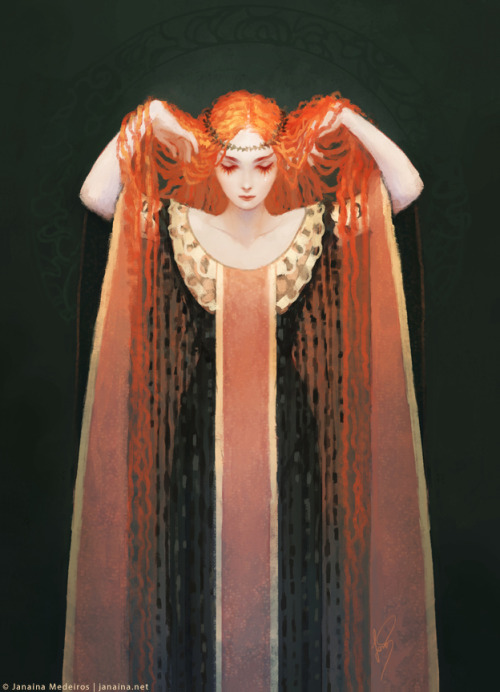The Minotaur In The Labyrinth









The Minotaur in the Labyrinth
The Minotaur in the Labyrinth stands as one of the ancient stories that has survived the test of time and continuously appears in mainstream entertainment. Most understand that this concept began with the story of Theseus of ancient Athens and how he navigated the labyrinth and slayed the beast within, but many don’t know the inspiration of this idea.
Nearly a millennia before Classical Greece rose to the height of its power (500-350 BCE) the two leading cultures of the Aegean Sea were the Mycenaeans on the mainland and the Minoans on modern day Crete, and it is on this island that we find the labyrinthian structures of Bronze age Greece.
The Bronze Age Palace at Knossos: Plan and Sections by British archaeologist Sinclair Hood and Canadian archaeologist William E, Taylor, Jr., was published as Supplementary Volume No. 13 of The British School at Athens in 1981. It shows the archaeological remains of one of the many Minoan Palaces. Though mostly destroyed and crumbling, we can still see the complex layout of halls and rooms that twist, turn, and abruptly end. Beginning with the excavations of Sir Arthur Evans in 1900, scores of theories have been raised about the purpose of such confounding architecture, from a form of defense to a means of controlling foreign visits.
Besides the confusing architecture, though no depictions of minotaurs were found, Minoan Palaces such as the one at Knossos did contained several pieces of art that depicted bulls. Upon further inspection, the symbol of the Bull was quite prominent throughout the ancient culture from sports, such as bull leaping, to religious sacrifice.
When looking to those who lived in the past, one should remember that we are not the only ones who inquired about archaeological remains. These ruins would’ve been seen by the Classical Greeks, but by that time their imaginations about the great Palaces and Bull iconography of the Minoan civilization was transformed into the myth of the Minotaur in the Labyrinth.
View more posts on Ancient Greece.
– LauraJean, Special Collections Undergraduate Classics Intern
More Posts from Ro0hafz4 and Others
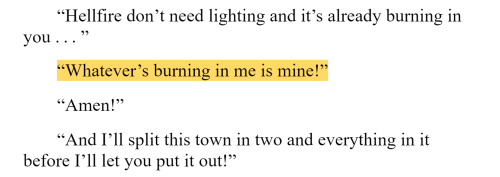
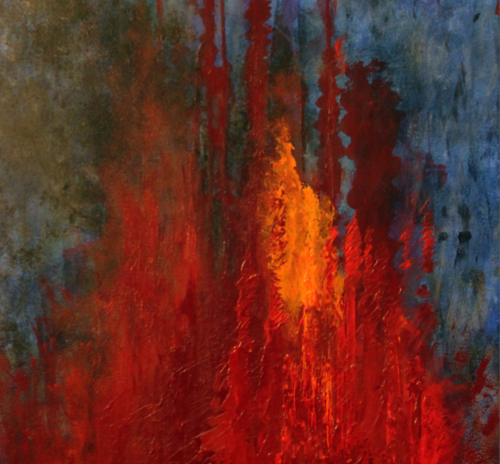

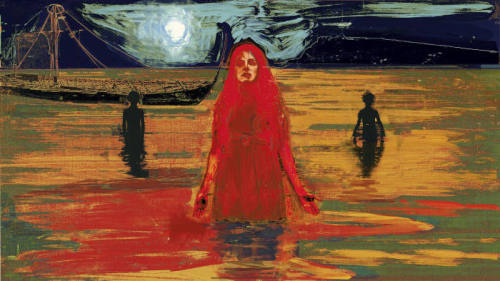
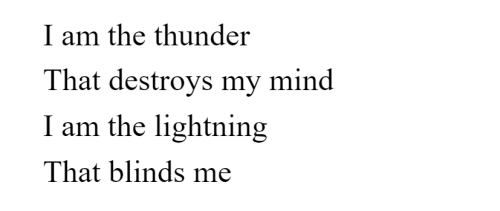
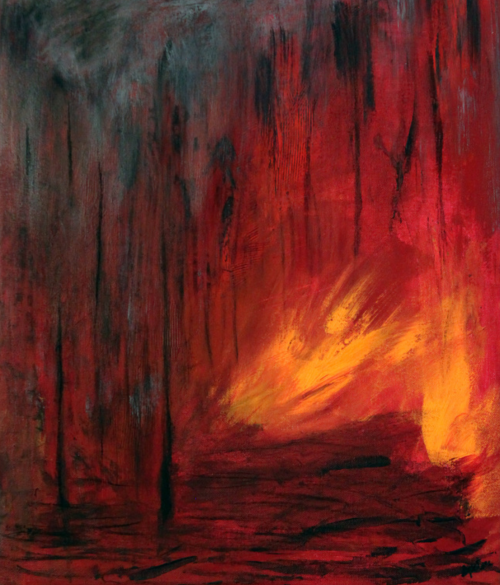

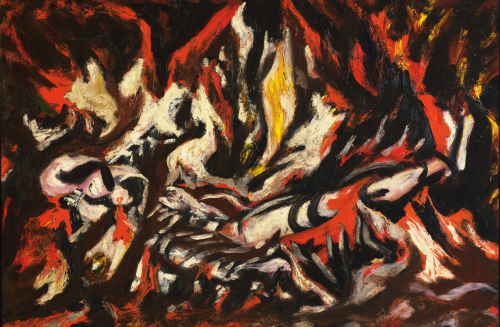
toni morrison, sula // stephanie peters, fire // seneca, medea (trans. a.j. boyle) // david mcconochie, medea // peter russell, night the first // stephanie peters, roaring flame // hozier, arsonist’s lullabye // jackson pollock, the flame









THE ART of GRACE SLICK
Grace Slick, formerly of Jefferson Airplane (and later Starship) who were one of Woodstock's monumental participants, has been involved in the visual arts scene lately in her life...
The Airplane, most notable for their psychedelic masterpiece 'White Rabbit', entwines the tale of Alice In Wonderland with lyrics advocating for the expansion of one's consciousness through hallucinogens as the ultimate solution; which, in opposition, dismisses the validity to the otherwise socially acceptable norm of the American pharmaceutical diet's true effectivity.
it's refreshing to see that, after many decades have passed, even though she chose to pursue a different artistic avenue than music—the thematics and probable integrity remain the very same.
included are just a few selections from her primary focal point, that eternal fascination with Wonderland; however, she has also paid homage to some of her fellow peers of the Revolution, by painting portraits of Janis Joplin, Jimi Hendrix, Jerry Garcia, amongst many others.
But our notebooks give us away, for however dutifully we record what we see around us, the common denominator of all we see is always, transparently, shamelessly, the implacable “I.” We are not talking here about the kind of notebook that is patently for public consumption, a structural conceit for binding together a series of graceful pensées; we are talking about something private, about bits of the mind’s string too short to use, an indiscriminate and erratic assemblage with meaning only for its maker. And sometimes even the maker has difficulty with the meaning.
Joan Didion, from On Keeping A Notebook in: Slouching Towards Bethlehem
some of the short stories from this eve that im thinking abt still... someone read them and tell me ur thoughts thank u
monsters never leave you - carlie st. george . i thought the fairytale elements were woven together nicely 😌 you get undead siblings, tree mothers, chosen family, forgiveness vs love etc! good stuff
call them children - wenmimareba klobah collins the monster narrative continues. their descriptions are delightful, especially in the crafting of the setting, and the ending... obsessed
my country is a ghost - eugenia triantafyllou the longing after loss that imbues this.. feel like it captures a loss of family connection when you’re not in your homeland very well imo
open house on haunted hill - john wiswell another house that loves you! adore the concept of this one, though it’s not horror vibes, more cozy and amusing! though the last line ‘if anything is as patient as a parent, it’s a haunting’ so much potential Thematically there for something more sinister... please may someone write it!

you might've gotten this question before but I wondered, what are your favorite fairytales/myths? also just wanted to say i love your blog so much, scrolling through it feels like wandering in a magical garden 💚
apologies for answering this 3 days late! thank you so much for asking this, and for loving my blog… how lovely of you! i appreciate it, truly ♡
some fairytales i love:
bluebeard’s bride
death and the nightingale, by hans christian andersen. it’s about an emperor, a nightingale, a clockwork bird, and the grim reaper.
the goose girl
east of the sun, west of the moon -i’m linking a version with kay nielsen’s famous illustrations, because they add a lot to it!
i couldn’t find a text of this, and i know it’s obscure, but there’s this kashmiri folk tale called ‘the chinese princess’ that is about a lamia. i read it in ‘angela carter’s book of fairytales’ and it has stuck with me… i recommend hunting the book down digitally if you can!
my friend doe @rosedaughter once talked of a palestinian version of little red riding hood that i found so delightfully chilling and incredible… here’s the post where she recounts it.
this only loosely counts, but in the silmarillion by jrr tolkien, the creation myths - the music of the ainur, and how that fictional world was created - have stuck with me. i always found it wonderful to read. it’s called the ainulindale, it’s about the length of a chapter, and here is the text of it.
the frame story of 1001 nights - of sheherazade spinning tales every night to a prince and his court.
the crane wife / tsuru no ongaeshi
the twelve dancing princesses …i really love this one, it always fascinated me.
loosely related to the 12 dancing princesses, there is an anime called ‘princess tutu’ that’s about fairytales and story meta and character trope subversion and it’s incredible and i can’t recommend it enough. and although linking a fic is probably odd, there’s a fanfic for princess tutu that rewrites the story of the 12 dancing princesses in such a stunning way. i believe you can enjoy it even if you don’t know the show. it’s one of my favourite pieces of writing ever, read it here.
the ballad of tam lin! it’s a scottish fairytale that resembles a beauty and the beast-type tale, and i love it very much. here’s the wiki for it, you can read the full text from the link there.
again, this only loosely counts, but the poem ‘goblin market’ by christina rossetti is so beautiful. i love it, it counts to me.
vasilisa the beautiful and her brief encounter with baba yaga.
swan lake, the ballet, in general.
cupid and psyche from greek mythology!
i hope you enjoy these!
-
 hydralisk98 liked this · 3 months ago
hydralisk98 liked this · 3 months ago -
 arkefthos reblogged this · 5 months ago
arkefthos reblogged this · 5 months ago -
 prala liked this · 5 months ago
prala liked this · 5 months ago -
 the-temple-without-time liked this · 5 months ago
the-temple-without-time liked this · 5 months ago -
 ro0hafz4 reblogged this · 5 months ago
ro0hafz4 reblogged this · 5 months ago -
 skyozlem liked this · 6 months ago
skyozlem liked this · 6 months ago -
 vannhalens liked this · 7 months ago
vannhalens liked this · 7 months ago -
 aemphitheatre liked this · 7 months ago
aemphitheatre liked this · 7 months ago -
 smingsoo liked this · 8 months ago
smingsoo liked this · 8 months ago -
 earthbound-in-doubt reblogged this · 8 months ago
earthbound-in-doubt reblogged this · 8 months ago -
 earthbound-in-doubt liked this · 8 months ago
earthbound-in-doubt liked this · 8 months ago -
 combeauferre liked this · 8 months ago
combeauferre liked this · 8 months ago -
 sandovers liked this · 9 months ago
sandovers liked this · 9 months ago -
 kz-midnitesnail liked this · 11 months ago
kz-midnitesnail liked this · 11 months ago -
 rilke liked this · 11 months ago
rilke liked this · 11 months ago -
 quozeye liked this · 11 months ago
quozeye liked this · 11 months ago -
 glowingsaints liked this · 11 months ago
glowingsaints liked this · 11 months ago -
 memoriesofthingspast reblogged this · 11 months ago
memoriesofthingspast reblogged this · 11 months ago -
 memoriesofthingspast liked this · 11 months ago
memoriesofthingspast liked this · 11 months ago -
 kurj liked this · 1 year ago
kurj liked this · 1 year ago -
 afyadao liked this · 1 year ago
afyadao liked this · 1 year ago -
 not-my-cup-of-tea-honey liked this · 1 year ago
not-my-cup-of-tea-honey liked this · 1 year ago -
 jackassjamboree liked this · 1 year ago
jackassjamboree liked this · 1 year ago -
 aboutanancientenquiry liked this · 1 year ago
aboutanancientenquiry liked this · 1 year ago -
 tagitables reblogged this · 1 year ago
tagitables reblogged this · 1 year ago -
 tagitables liked this · 1 year ago
tagitables liked this · 1 year ago -
 ztremx liked this · 1 year ago
ztremx liked this · 1 year ago -
 pseudodogs liked this · 1 year ago
pseudodogs liked this · 1 year ago -
 punch-a-bunch liked this · 1 year ago
punch-a-bunch liked this · 1 year ago -
 onefunkyraindrop liked this · 1 year ago
onefunkyraindrop liked this · 1 year ago -
 viatorem-maris liked this · 1 year ago
viatorem-maris liked this · 1 year ago -
 whattheacrualfuckkkkk reblogged this · 1 year ago
whattheacrualfuckkkkk reblogged this · 1 year ago -
 whattheacrualfuckkkkk liked this · 1 year ago
whattheacrualfuckkkkk liked this · 1 year ago -
 alwayslookingforthose reblogged this · 1 year ago
alwayslookingforthose reblogged this · 1 year ago -
 alwayslookingforthose liked this · 1 year ago
alwayslookingforthose liked this · 1 year ago -
 justgotosleepokay liked this · 1 year ago
justgotosleepokay liked this · 1 year ago -
 foulamelia liked this · 1 year ago
foulamelia liked this · 1 year ago -
 blairebdoll liked this · 1 year ago
blairebdoll liked this · 1 year ago -
 spideyladman liked this · 1 year ago
spideyladman liked this · 1 year ago -
 scrumptiouscloudauthordean liked this · 1 year ago
scrumptiouscloudauthordean liked this · 1 year ago -
 kazyulia liked this · 1 year ago
kazyulia liked this · 1 year ago -
 bluj liked this · 1 year ago
bluj liked this · 1 year ago -
 gautierlotus liked this · 1 year ago
gautierlotus liked this · 1 year ago -
 oops-ididit liked this · 1 year ago
oops-ididit liked this · 1 year ago -
 hardwired-to-self-destruct reblogged this · 1 year ago
hardwired-to-self-destruct reblogged this · 1 year ago -
 tmedic reblogged this · 1 year ago
tmedic reblogged this · 1 year ago -
 tmedic liked this · 1 year ago
tmedic liked this · 1 year ago



